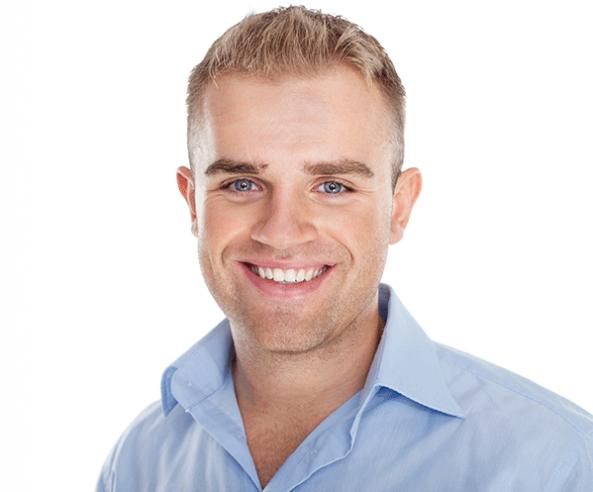Children with protruding ears are often ridiculed by their friends, motivating both the parents and the child itself to seek the help of a surgeon.
Taking into account the development of the auricle, the operation should not be performed before the age of seven. An acute ear infection in the past is not a contraindication for the operation. Sometimes the parents hesitate and the child itself takes the decision during adolescence or adulthood.
Operations for protruding ears have been performed for many years. As the insights in the deformation and the forces acting on the cartilage have expanded, the techniques have evolved. Today an optimal, natural result lies within easy reach..
There are three types of protruding ears :
– The auricle has a normal structure but is too far away from the skull.
– The hollow part of the ear (inner part of the auricle) is overdeveloped.
– The contour and the edge (anthelix) of the ear are abnormally developed.
Clinical tests allow the analysis of the flexibility of the cartilage and the quality of the skin, the global or limited nature of the protrusion and the possible asymmetry between the ears.


The operation is performed under local anaesthesia, applied by an anaesthetist. Hospitalisation is not required. With young children, general anaesthesia can be advisable.
As the incision is made behind the auricle,at the back fold of the ear, the scar will be completely invisible.
After the intervention a tight bandage and a headband are applied. The next day the bandage is refreshed or the wearing of a headband suffices. The headband protects the ear and accelerates the disappearance of the swelling. It has to be worn in bed for three weeks (especially with children). Wearing glasses is allowed, providing the frame does not apply pressure to the scar. The hair can be washed one day after the intervention. In the three months following the operation, contact sports (judo, hockey…) are not advised; neither are swimming in the sea or pool without a swimming cap.
– Swelling : is common during one or two weeks.
– Contusions : rare and localised; they generally have to be removed.
– Infection : in most cases due to a neglected contusion.
– the auricle generally remains sensitive for several weeks.
– Keloid (thick) scar tissue : (rarely) occurs some months after the operation.
– Opening or even necrosis of the scar, (often due to a neglected infection): this very seldom occurs but requires treatment of the scar.